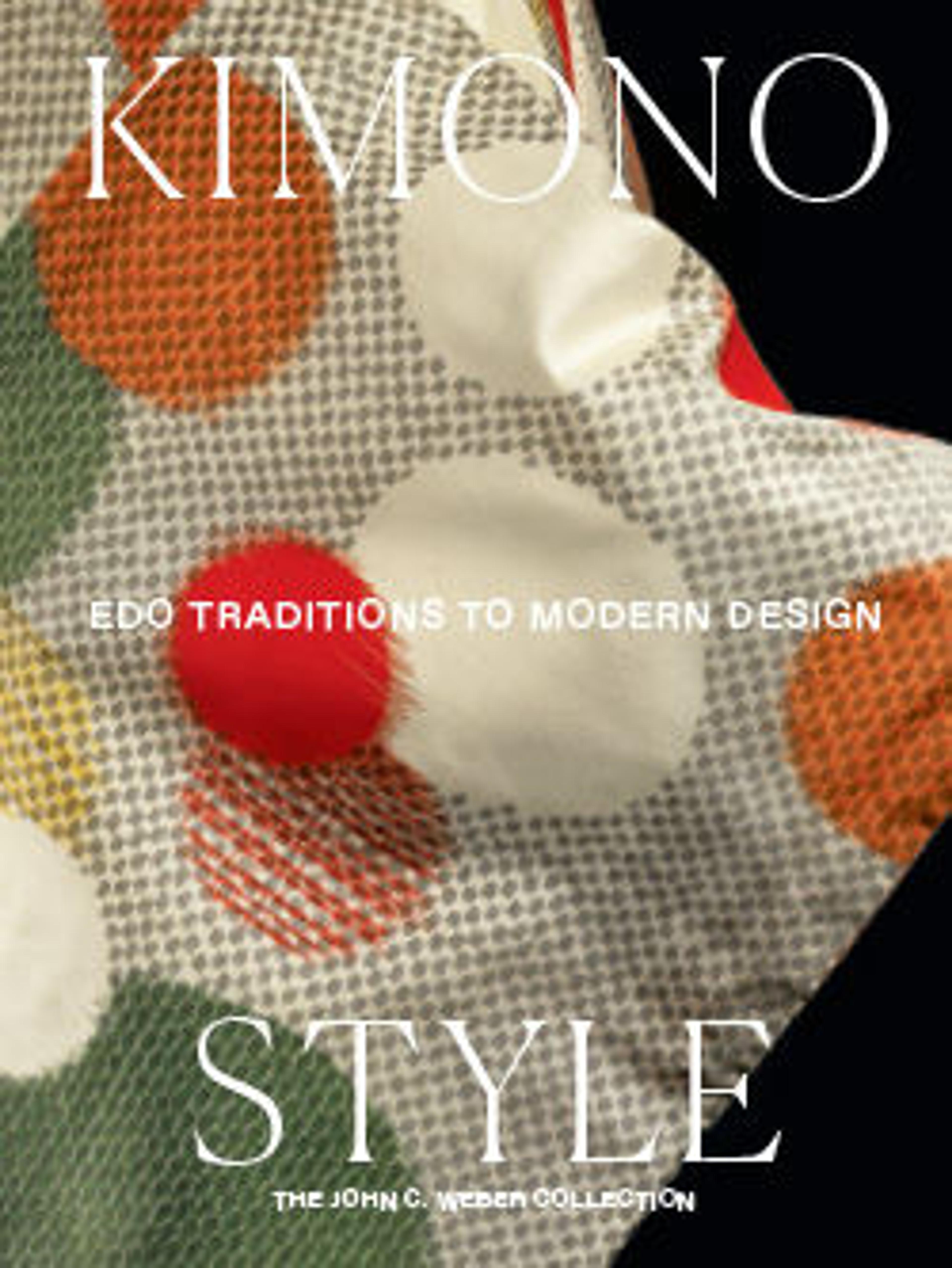“A Lovely Garland” (Tamakazura), from The Tale of Genji
In Chapter 22, “A Lovely Garland,” new robes are distributed to ladies in Genji’s household as the New Year approaches. Genji sits near his beloved Murasaki, while the women put garments into lacquered boxes. Mandarin ducks, symbolic of marital harmony, swim in the garden pond. The calligraphy has been attributed to the prominent courtier Konoe Sakihisa (1536–1612).
Artwork Details
- 源氏物語画帖「玉鬘」
- Title:“A Lovely Garland” (Tamakazura), from The Tale of Genji
- Artist:Painting by circle of Tosa Mitsuyoshi 土佐光吉 (Japanese, 1539–1613)
- Artist:Calligraphy attributed to Konoe Sakihisa 近衛前久 (Japanese, 1536–1612)
- Period:Momoyama period (1573–1615)
- Date:early 17th century
- Culture:Japan
- Medium:Album leaves mounted as a pair of hanging scrolls; ink, gold, silver, and color on paper
- Dimensions:Image (a): 9 5/8 × 8 3/8 in. (24.4 × 21.3 cm)
Overall with mounting (a): 53 1/4 × 15 11/16 in. (135.3 × 39.8 cm)
Overall with knobs (a): 53 1/4 × 17 3/8 in. (135.3 × 44.2 cm)
Image (b): 9 7/16 × 8 3/8 in. (24 × 21.2 cm)
Overall with mounting (b): 53 1/8 × 15 5/8 in. (135 × 39.7 cm)
Overall with knobs (b): 53 1/8 × 17 3/8 in. (135 × 44.1 cm) - Classification:Paintings
- Credit Line:Mary Griggs Burke Collection, Gift of the Mary and Jackson Burke Foundation, 2015
- Object Number:2015.300.33a, b
- Curatorial Department: Asian Art
More Artwork
Research Resources
The Met provides unparalleled resources for research and welcomes an international community of students and scholars. The Met's Open Access API is where creators and researchers can connect to the The Met collection. Open Access data and public domain images are available for unrestricted commercial and noncommercial use without permission or fee.
To request images under copyright and other restrictions, please use this Image Request form.
Feedback
We continue to research and examine historical and cultural context for objects in The Met collection. If you have comments or questions about this object record, please contact us using the form below. The Museum looks forward to receiving your comments.
